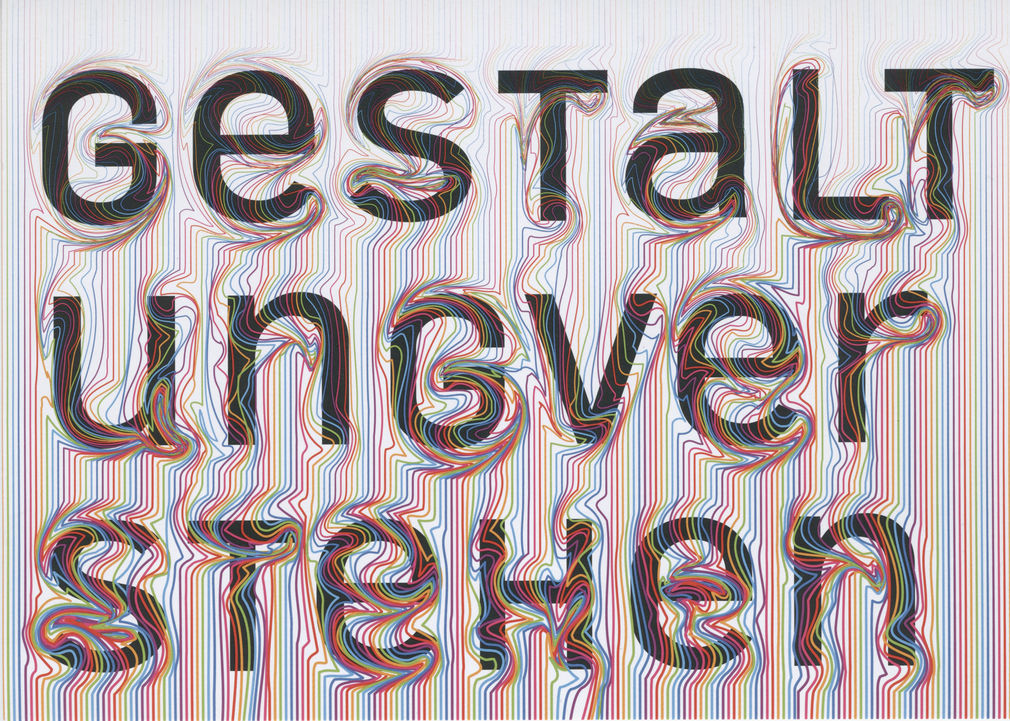May 7th, 2023
Doctorate in Design
For some years now, design- and practice-based research approaches have been increasingly discussed and developed in various design disciplines as a counter or complementary model for previously established areas and procedures of basic research. Although basic research is considered to produce correct, sometimes highly specialised results according to the scientific method, it is often criticised for being incomprehensible and thus useless for social discourse. Research contributions of design-based approaches are conveyed on different levels: On the one hand, on the level of the design result itself, in that questions are formulated and answered directly on the basis of the result and in the course of its development process. On the other hand, on the level of the theoretical recording of the design contents and the comparison with already existing theories on these design contents.
While internationally the area of design research has already been institutionalized for some 20 years (university institutes, specialist congresses, expert associations), the process of establishing design research in Germany is a comparably young field. There is a growing need for a more scientific approach to design given that it has become ever more important in the context of more recent cultural, economic, social and technical developments. And this fact is being increasingly emphasized both by politicians and the business world, as well as by those training to become designers at universities and art academies.
A doctoral degree in Design Studies at HfG Offenbach for intance aims at researching and expanding areas around design theory and history, aesthetics and theory of perception, as well as cultural and technical theories. A focus of research might be on the area of product language and product semantics. In particular, it encompasses research relevant to design in the field of aesthetics and semiotics (semantics and symbolism). In addition, how users handle products is proving to be an increasingly important field of research. Meaning develops both on a purely symbolic level and in everyday use. As such, interaction between people and objects represents a further field of research that is to be emphasized at HfG.

Focusing on these research areas not only promises new insights into the constituent field of design studies, but also has repercussions on design education. This effectively links onto insights and previous research achieved at the university: In the 1980s an Offenbach approach to product language was developed (“Offenbacher Ansatz” by Jochen Gros), which has since attained great international renown and receives significant attention from the design research community.
As an arts and design university of the State of Hessen (Germany), HfG Offenbach teaches some 600 students in the two departments Art and Design, whereas a comparison of art and design universities reveals an unusually high proportion of theoretical study. In addition to university research on the arts, there is also a research program that develops in closer exchange with the arts. Here creative, artistic and design strategies, corresponding ideas and discoveries are not only interpreted, but within a meshwork of artistic-creative practice and scientific reflection they are themselves part of the research. Addressing both forms of knowledge has the potential to generate productive new insights. This is why HfG Offenbach offers graduates of art, design, media studies or related sciences the option to obtain a Doctor of Philosophy in a model that merges science with art. The two main subject areas are “Art and Media Studies” and “Design Studies”.
Combination of science/theory and art/design
The close interlinking of scientific-theoretical and artistic-creative spheres at HfG Offenbach is also reflected in the doctoral degree. The research projects doctoral students tackle consist of a scientific part (two-thirds) and an artistic-creative part. These two parts are not separate, but enter into a complementary relationship with each other. Consequently, the research-based structure of the artistic-creative part and the artistic-creative inspiration of the theoretical work become evident.
In keeping with two-thirds/one-third division, doctoral students are supervised by two professors from scientific/theoretical fields of teaching and one professor from the artistic-creative fields of teaching. Departing from the 50/50 models, HfG Offenbach acts on the premise that a focus on science and research work is indispensable and adopts a two-thirds/one-third model, considered to be the best way that students have good prospects of obtaining the skills needed for fields of work at universities, art universities, or in the curatorial or journalistic fields. At HfG Offenbach there is the possibility to choose between two doctoral regulations. If the research projects of the doctoral students consist of two-thirds scientific work and one-third an artistic-creative project (Offenbacher Model) the ‘Allgemeine Promotionsordnung’ applies. For a purely theoretical dissertation project, the ‘Theoriepromotionsordnung’ applies.
There are two application phases per year. The next application deadline is May 13, 2023. Submissions via the following link.
References
Apart from the introduction, the text was taken with minimal adaptations from the following text source, from which the image also originates: https://www.hfg-offenbach.de/de/pages/promotion-1#ueber [last retrieved: 7th May 2023]